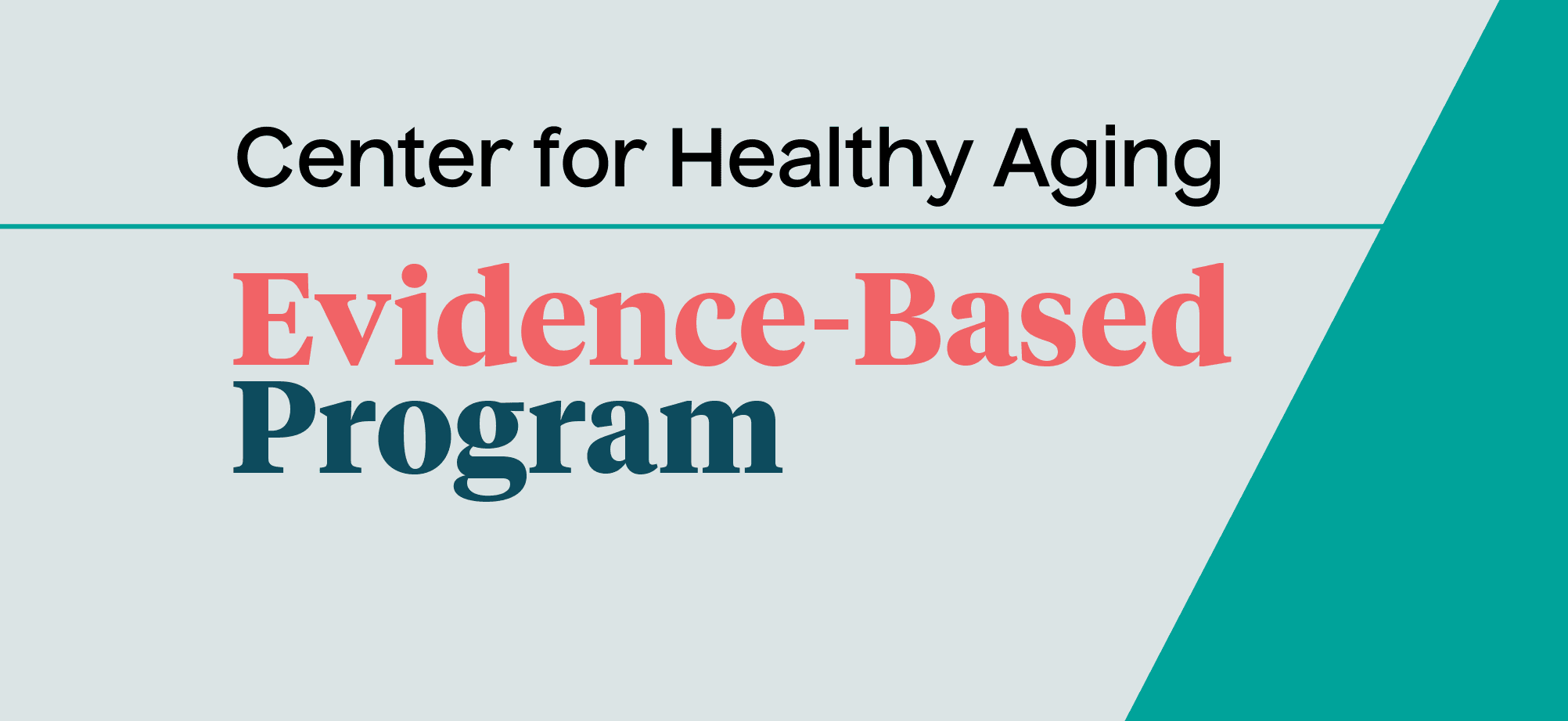
Active Choices is is a 6-month to 12-month individualized program that can be delivered by telephone or through online meeting platforms (e.g., Zoom). It provides remote guidance, feedback, and support while offering adults the flexibility to choose when and where to undertake their physical activity. This individualized approach to physical activity facilitates long-term exercise participation with a minimal amount of in-person contact.
Active Choices an evidence-based health behavior change program developed by a team of behavioral scientists at the Stanford Prevention Research Center (SPRC). The program was developed as a stand-alone, telephone-based, “light touch” advising program that can be used by health professionals and staff as well as trained volunteers or peer mentors to increase regular health-enhancing physical activity in diverse groups of adults, including older adults. Active Choices interventions have also been developed and successfully tested for improving healthy diets (with a focus on increasing fruit and vegetable intake and decreasing saturated fat intake), and for stress management (with a focus on learning active coping strategies and relaxation techniques).
It was great to have someone interested in my wellbeing and my goals. It gave me confidence in myself. It helped me to stay positive. I got a lot of tips that helped me to be willing to do exercise.- Participant
Reasoning behind the program design and elements
- Many mid-life and older Americans prefer to engage in leisure-time physical activity in or around their homes, or in other locations of their choosing.
- Research has demonstrated the safety and effectiveness of telephone- supervised physical activity regimens for a range of populations, including middle-aged and older women and men.
- Research also has shown the utility of the telephone as an effective, convenient, and flexible delivery channel to provide physical activity advice and support, regardless of what type or format of physical activity is chosen. The convenience of the telephone as the main method for delivering exercise advice, as well as the typical brevity of such contacts (e.g., 10- to 15-minute telephone calls) can free up staff time and availability to reach larger numbers of participants with an individualized program.
- Target audience: While most Active Choices studies to date have targeted adults ages 35 years and older, the Active Choices population could potentially be used with adults of any age.
- Health outcomes:
- Background: Active Choices has been tested in a series of randomized, controlled clinical trials which have been published in peer-reviewed scientific journals. Decades of research have demonstrated its effectiveness as a safe, successful method for helping adults adopt and maintain an ongoing program of regular aerobic exercise, in addition to more healthful food intake and/or stress management techniques. It can be adapted to a variety of community contexts and populations. This body of research has demonstrated the utility of telephone-supervised physical activity as a proven alternative or supplement to face-to-face approaches to promote physical activity participation among midlife and older women and men.
- Specific health outcomes include the following:
- Telephone-supervised programs have been found to promote significant, sustained improvements in physical activity among previously insufficiently active adults across periods of up to four years. Such programs also have been shown to result in significant improvements in cardiovascular risk factors.
- In addition to improvements in physical performance, body weight, blood cholesterol levels, and blood pressure responses to stress, we have found moderate-intensity, telephone-supervised physical activity programs to have a positive impact on mental health variables relevant to well-being and quality of life in middle- and older-aged women and men (e.g., reduced pain and stress, improved sleep quality).
- Telephone-supervised programs were first tested as part of cardiac rehabilitation activities for low-risk cardiac patients, and were shown to achieve increases in functional capacity, physical activity adherence and low-rates of re-infarction that were similar to traditional structured, group-based exercise programs for cardiac patients.
- Active Choices was subsequently successfully tested in a wide range of adults including worksite populations, individuals who were overweight, sedentary community-dwelling midlife and older adults, and midlife and older women family caregivers.
- With the success of these randomized controlled trials, the Active Choices model was translated and implemented as part of the California Department of Health’s Active Aging Initiative. This Initiative included over a dozen community agencies and organizations, which successfully implemented the telephone-supervised physical activity program for adults ages 50 and over in their communities. The 13 participating community sites represented a diverse range of ethnicities and a mix of rural and urban populations.
- Active Choices also has been successfully translated and disseminated in four different U.S. community settings as part of the Robert Wood Johnson Foundation’s Active For Life Initiative.
- Delivered by: 1 trained physical activity advisor, who can be a professional or volunteer
- Program type: Individual
- Format: Telephone, or remote via online meeting platforms
- Length: 6-10+ sessions
- Training: Remote or on-demand
- Professional required: No
- Accessibility adaptations available: Yes
- Cultural adaptations available: Yes
- Available in languages other than English: Spanish
- Topic(s):
- Behavioral Health
- Cancer Survivors
- Chronic Disease
- Falls Prevention
- Physical Activity
- Contact: Ines Campero (icampero@stanford.edu)


